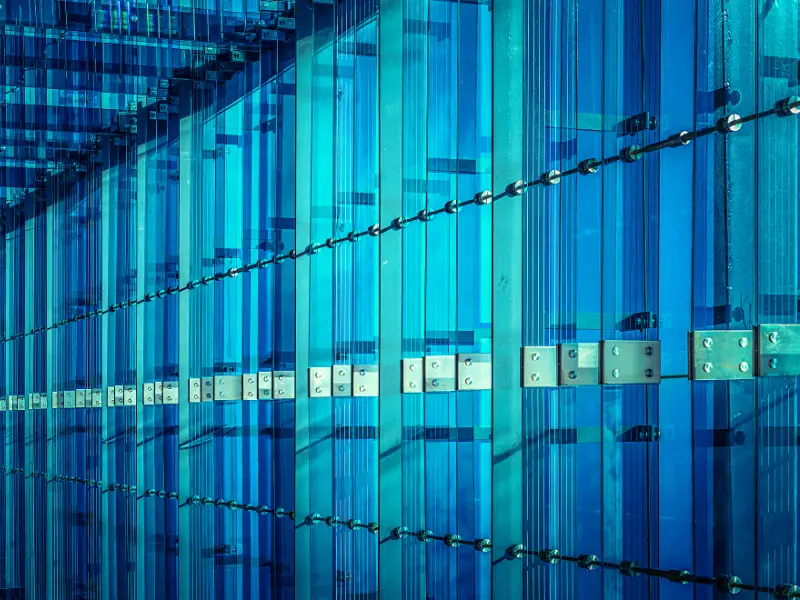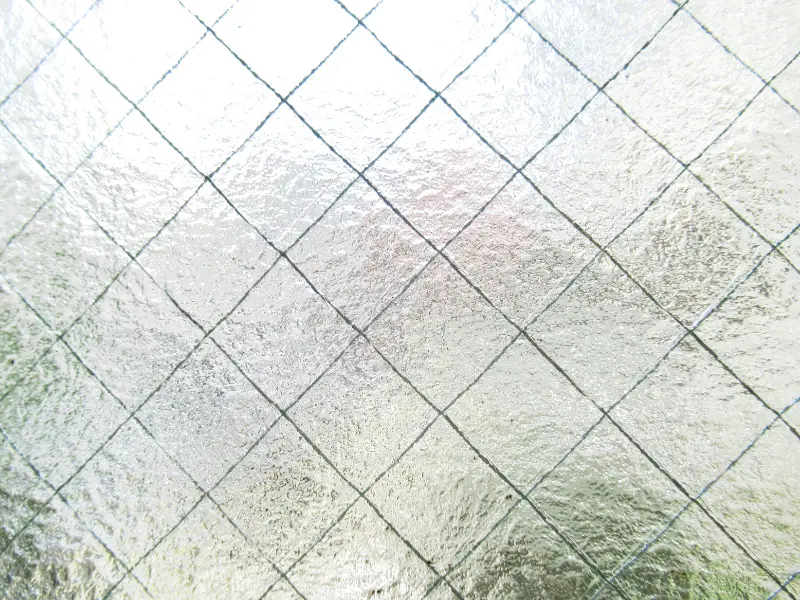Glass is a widely used packaging material that has been around for a long time, particularly in the food and beverage industries.
Let’s take a look at what is glass, glass recycling, and using glass pros and cons. You’ve almost certainly had a cold drink from a glass bottle and can remember how it felt in your hand.

Glass has a distinct appearance and a plethora of fascinating features, but it is not without flaws. To make an informed decision on whether to use glass as your primary container or packaging material, let’s take a dive into glass.
What is Glass and How is it Manufactured?
Sand is necessary for the production of glass.
To make new glass, a combination of silica sand (also known as white sand or quartz sand), soda ash, and limestone must be used. These virgin materials are melted at temperatures ranging between 1400 and 1600 degrees Celsius (approximately 2550 and 2900 degrees Fahrenheit). The molten liquid is cut and sculpted using various techniques.
Colored glass is created by incorporating several minerals into the sand, soda ash, and limestone mixture.

Here are a few examples.
Green-colored Glass: iron, chromium, and copper.
Blue-colored Glass: cobalt oxide and copper.
Black-colored Glass: can be made by supplementing the mixture with a large amount of iron or adding iron combined with copper and magnesium oxide.
For glass to be genuinely recycled, it must be sorted into distinct colors at recycling facilities (for example, blue glass cannot be recycled to form a colorless bottle, nor can it be recycled to make an amber or brown bottle).
Frosted Glass: made by sandblasting clear glass (regardless of color).

How Much Does Glass Recycling Contribute to the Reduction of Carbon Emissions?
To answer whether glass recycling makes a significant impact on reducing carbon emissions, it’s essential to consider how much recycling contributes to reducing the environmental impact of glass manufacturers.
Unfortunately, it isn’t easy to estimate these impacts because they vary with time and activity. However, if one considers that an estimated 95% of all glass is recycled worldwide, then this indicates that the effect on carbon emissions is minimal at best.
How Much Does Glass Recycling Reduce the Environmental Impact of Sourcing Raw Materials for Glass Manufacturing?
Sand dunes are used to extract the raw materials to create new glass.
An increasing number of illicit sand mining operations threaten ecosystems, and, believe it or not, illegal sand mining has resulted in the deaths of people on other continents. Sand mafias have sprung up in parts of India and Kenya due to the increasing demand for the commodity.
Flooding is becoming increasingly common in areas where illicit mining occurs due to the removal of sand from floodplains. It’s also being removed from riverbeds and beaches, among other sites. Dredging sand from riverbeds has the potential to destabilize ecosystems and kill fish.

In 2013, the glass manufacturing industry accounted for around 42 percent of global sand demand. Sand is also required to produce concrete, which is used for roadways, urbanization, and the expansion of landmass to accommodate rising populations, such as in Singapore. Sand is also utilized in fabricating silicon chips used in smart gadgets and computers.
Additionally, recycled glass is used in concrete (as is sand), fiberglass, glass wool, lightbulbs, ceramics, and also as an ingredient in roadway reflective paint.
How Sustainable Is Glass? An Overview of Pros and Cons
Pros
- Recyclable countless times
- Toxins don’t leech into the material
- Recycling takes less energy than manufacturing.
- Extensively recycled
- Extremely durable
Cons
- Glass decomposes after one million years.
- Made from sand that has been dredged from coastal environments.
- Glass production requires more resources to manufacture than plastic.
- Because they are heavy, they require more fossil fuel to transport.
- Breaks easily, resulting in food waste.

Is the Price of Glass Reasonably High?
Energy consumption
Although recycling has a cost, glass is still more environmentally friendly than its plastic counterpart.
Recycling already existing glass products uses less energy than melting raw materials or using virgin glass. Because glass containers and glass bottles are not typically treated with chemicals to increase their longevity, they are great candidates for recycling.
Transportation
Glass is more difficult to transport than other packing materials like plastic, due to its weight and fragility. The increased transportation expenses work against the glass as sustainable packaging. However, it is more durable and preserves the goods in useable condition for a longer period.
As a result, the expenses of glass packaging can be amortized during its useful life, making it a good alternative for storage.
How to Minimize the Environmental Impact of Glass Used?
- Reuse and recycle.
- If you can find the same item in a 100% recyclable aluminum can (or a paper carton), choose that option instead of glass. Both are more environmentally friendly than glass.
- It may seem strange, but colorless glass can be recycled more efficiently than colored glass. One color of the glass container cannot be used to create a different color in the future, but colorless glass is an exception, so choose colorless glass if you have the option. If you don’t have a choice, choose products packaged in more “regular” colored glass containers (like the color of wine bottles or standard blue glass).
- Buy local as much as you can. A globalized supply chain and transport of goods account for a significant percentage of CO2 and other greenhouse gas emissions. By choosing to buy locally, you force companies to reconsider the costs at every step of production, delivery, and disposal.
- Buy items that will be used for a long time. Longer use time means less waste per person.

Author’s Note
Glass has become invaluable in modern architecture, lighting, electrical transmission, scientific research instruments, optical instruments, household utensils, and fabrics. The industry has been transformed by new types of glass, new applications, and new manufacturing methods.
The environmental impact of the glass industry is one that both consumers and companies need to consider. The ecological impacts of the glass manufacturing industry are easy to overcome, but it will require effort on both sides.
Compromises must be made to go green rather than remain uncolored. With ongoing efforts to create more environmentally friendly products and practices, the future for glass is looking brighter than ever.
Learn how to live an eco-friendly lifestyle with these articles. Embrace a sustainable lifestyle!


1 thought on “What is Glass: Sustainability, Recycling, Pros and Cons”